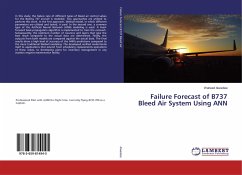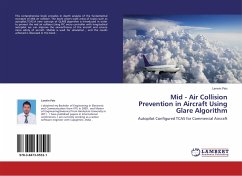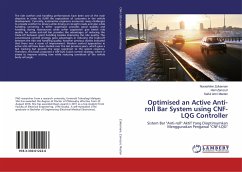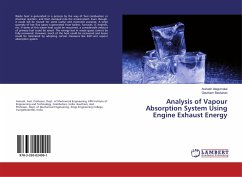
Failure Forecast of B737 Bleed Air System Using ANN
Versandkostenfrei!
Versandfertig in 6-10 Tagen
36,99 €
inkl. MwSt.

PAYBACK Punkte
18 °P sammeln!
In this study, the failure rate of different types of bleed air control valves for the Boeing 737 aircraft is modeled. Two approaches are utilized to perform this work. In the first approach, Weibull model, in which different parameters are utilized and tested, is used. In the second one, a common type of the Artificial Neural Network (ANN) modeling is used. A Feed-forward back-propagation algorithm is implemented to train the network. Subsequently, the optimum number of neurons and layers that give the best result compared to the actual data are determined. Finally, the outputs from both mode...
In this study, the failure rate of different types of bleed air control valves for the Boeing 737 aircraft is modeled. Two approaches are utilized to perform this work. In the first approach, Weibull model, in which different parameters are utilized and tested, is used. In the second one, a common type of the Artificial Neural Network (ANN) modeling is used. A Feed-forward back-propagation algorithm is implemented to train the network. Subsequently, the optimum number of neurons and layers that give the best result compared to the actual data are determined. Finally, the outputs from both models are compared against the actual data. The final results show a high level of accuracy of the ANN's predictions compared to the more traditional Weibull modeling. The developed verified model lends itself to applications that extend from scheduling replacements operations of these valves, to developing plans for inventory management in any aviation engines maintenance facility.












